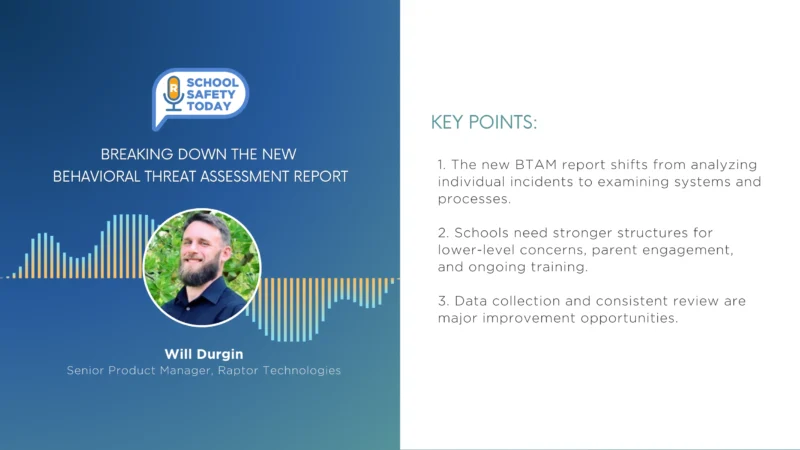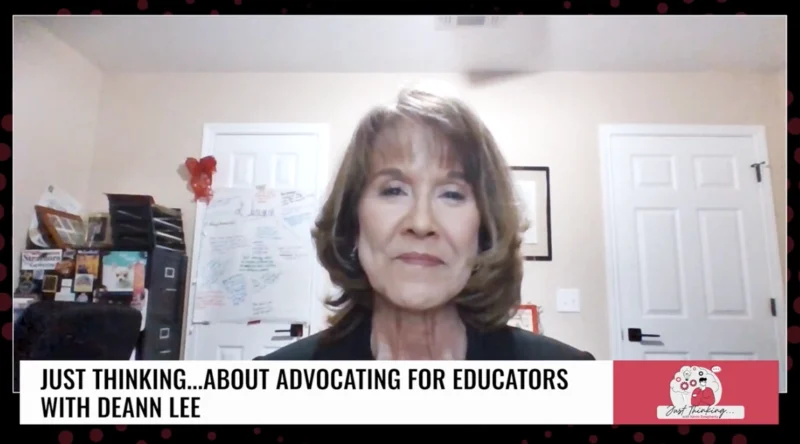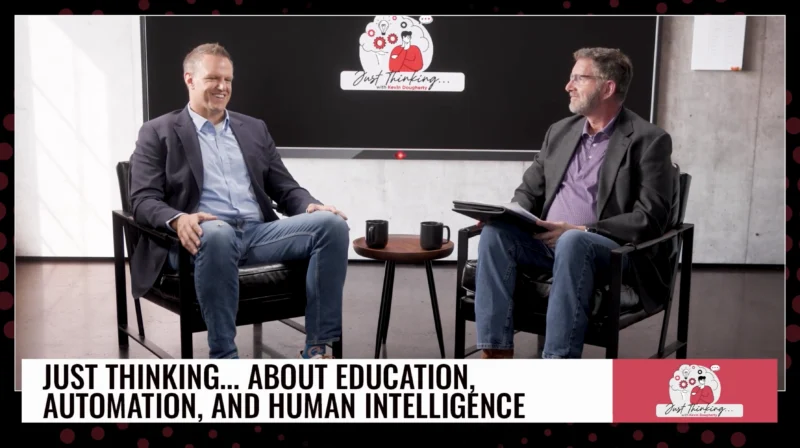Saving Young Lives: School’s Role In Youth Suicide Prevention
The rise in adolescent suicides is an alarming trend, gaining global attention in recent years. Youth and young adults ages 10-24 comprise 15% of suicide deaths in the United States and are the second leading cause of death amongst this age group. Amidst these grim statistics, the essential role of educational institutions in youth suicide prevention is now more pertinent than ever, with educators enlisted to embrace a preventative, proactive approach to fostering a safer environment for their students. How can schools effectively intervene in this escalating crisis? What changes in approach and understanding are necessary to make schools integral players in youth suicide prevention?
In today’s episode of School Safety Today by Raptor Technologies, host Michelle Dawn Mooney sat down with Dr. Amy Grosso, Mental Health Consultant, to shed light on this vital issue. The pair discussed comprehensively saving young lives and a school’s role in youth suicide prevention.
Mooney and Grosso’s conversation includes:
• The importance of a holistic approach to suicide prevention and the actionable steps schools can implement to bolster their existing protocols.
• The necessary shift in perception regarding mental health in schools, broadening the understanding of what constitutes suicide prevention work.
• The value of collaboration between social workers and law enforcement in handling mental health crises in schools, and the challenges and benefits of integrating these two professions.
Dr. Amy Grosso brings with her a wealth of knowledge and experience. Her background involves a Ph.D. in counseling and counselor education and a history as a mental health counselor. More recently, she has worked with a school district to develop suicide protocols and threat assessment procedures, even creating a model of school policing where social workers and police work together. Highly active with the American Foundation for Suicide Prevention for the past five years, Dr. Grosso also serves on their national chapter leadership board, working to help others understand that suicide is preventable and what education is needed.




